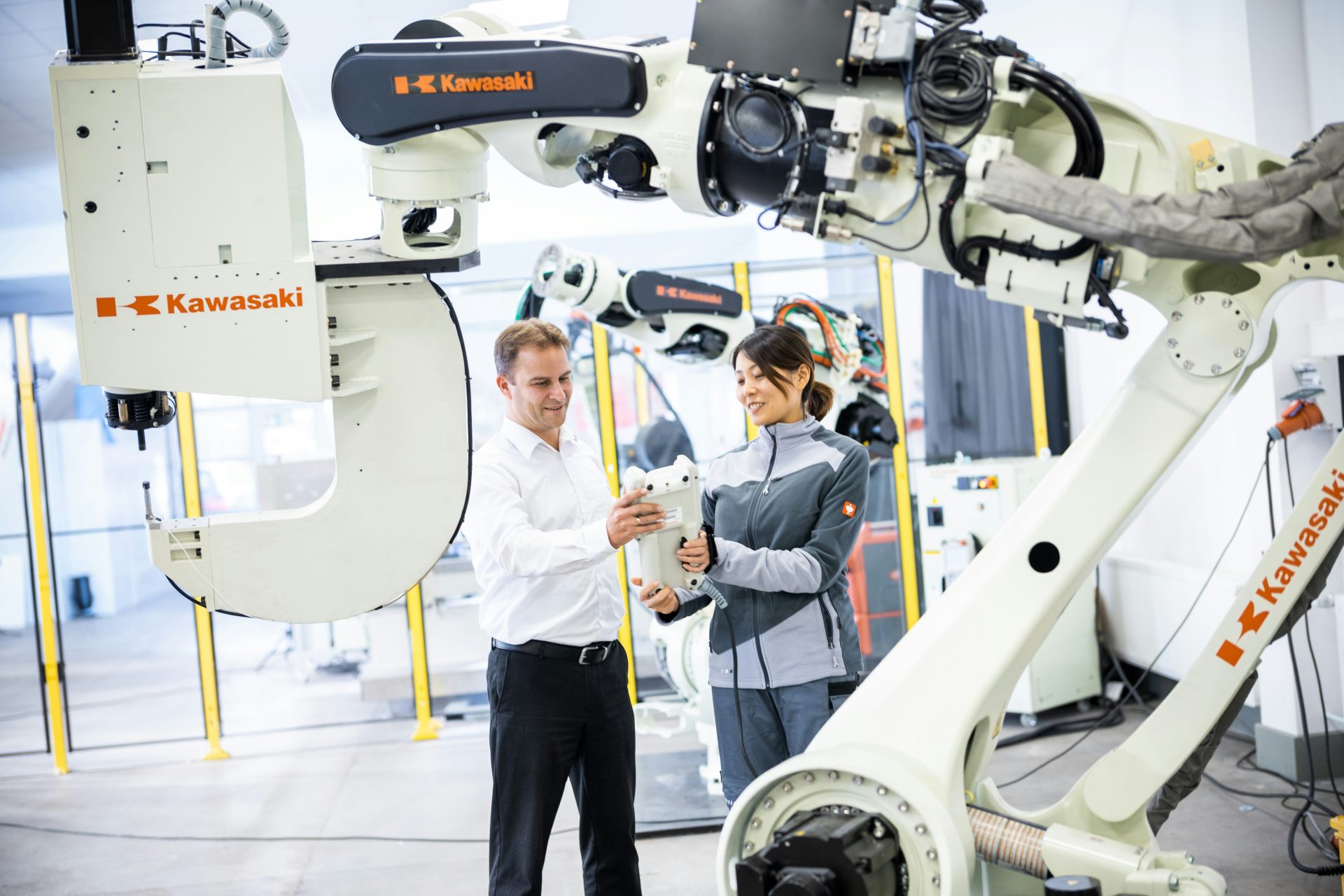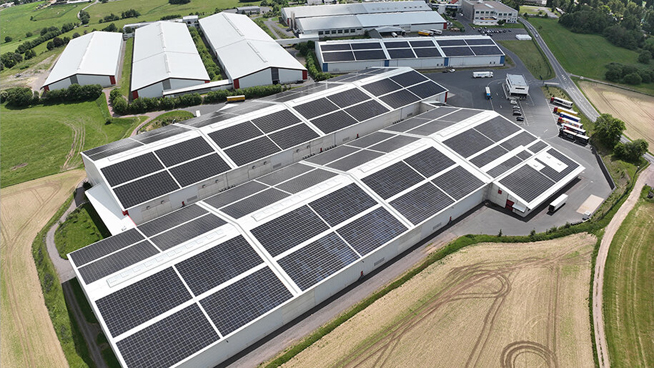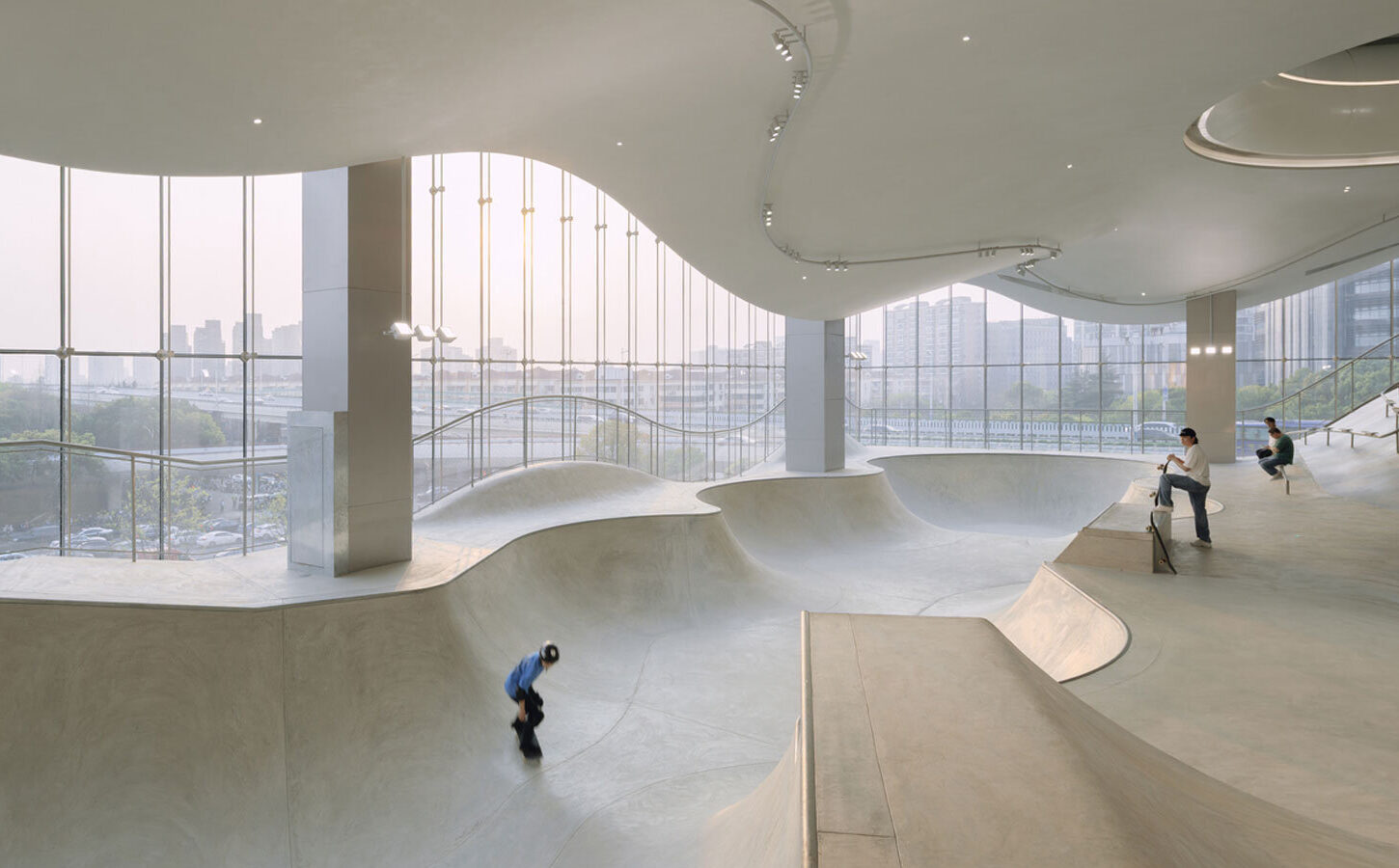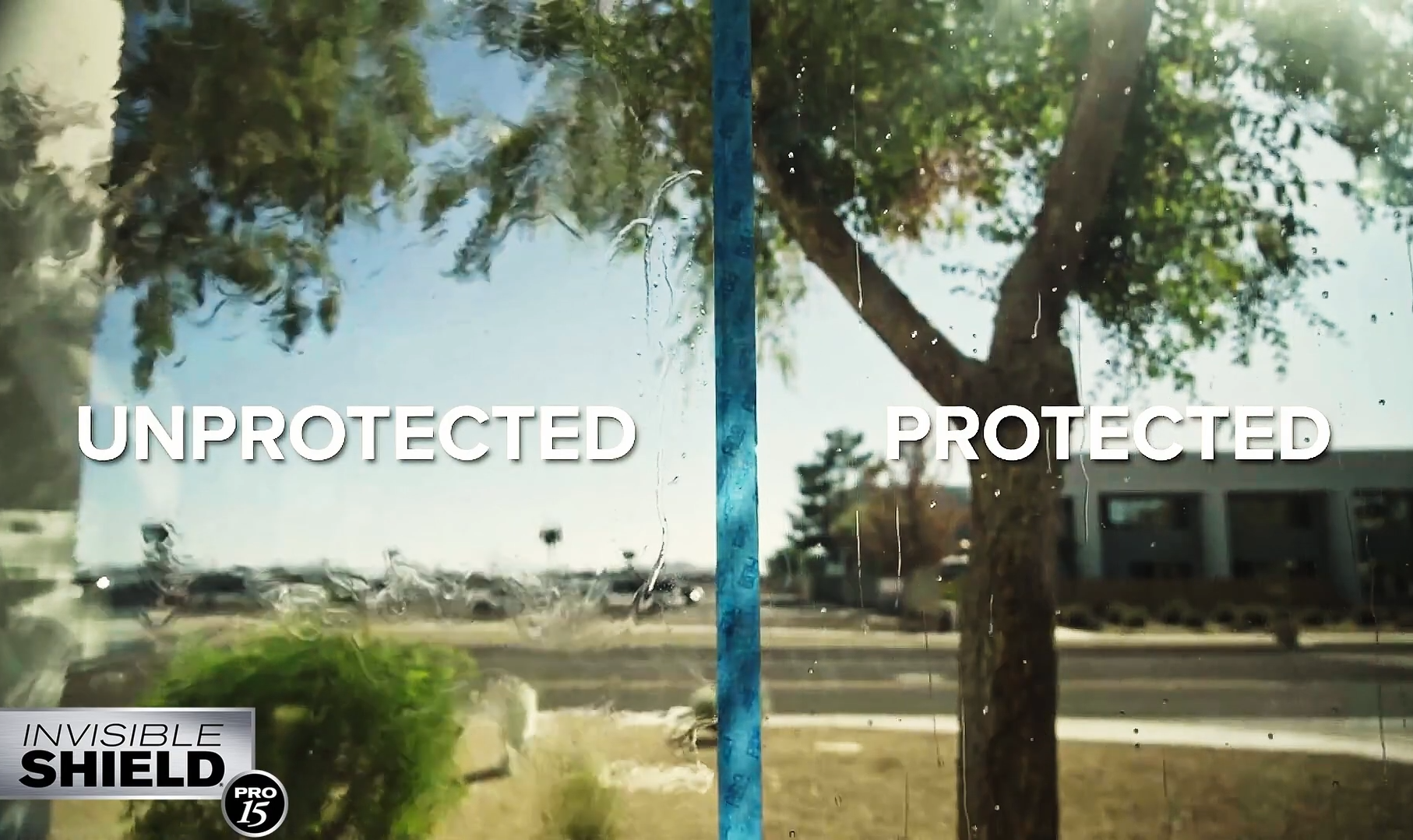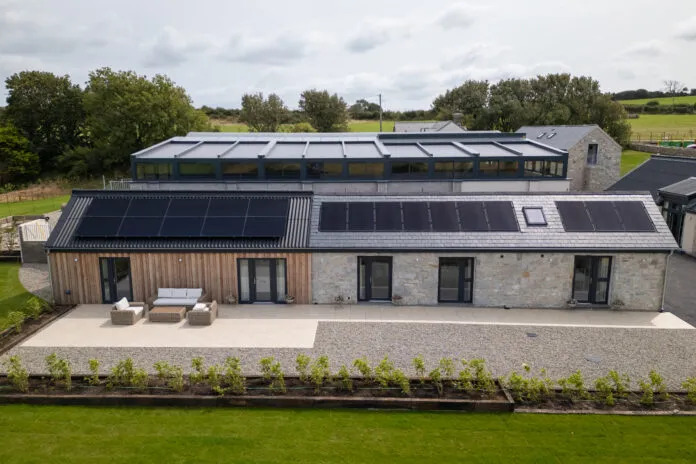Tesla’s vision of a robot-driven future extends beyond cars. Its humanoid robot, Optimus, symbolizes how AI and automation could reshape labor. In glass and door manufacturing, the approach is more practical: advanced machinery and AI operate independently, increasing precision and efficiency.
Modern robots offer human-like dexterity. Tim McGlinchy, EVP at GED Integrated Solutions, explains that additional axes and proper tooling allow adjustments as small as 0.010 – 0.021 inches. AI enhances performance by analyzing real-time data: temperature, pressure, vibration, and sound, enabling machines to make instant corrections, such as optimizing sealant flow and pressure during application.
Gantry robots and collaborative robots (co-bots) are widely used. Oz Machine employs robots for corner welding and cleaning, while Kuka in Germany uses robotic cells to inspect, flip, and stack doors, motions difficult and risky for humans. Cobots can handle 50–60% of labor, reducing repetitive injuries and improving safety.
AI also aids programming and support. Kuka’s iiQWorks Copilot converts natural language commands into robotic programs in minutes, while GED is developing AI-assisted customer service by loading manuals into AI engines for instant guidance.
Although humanoid robots are not yet standard, robotics and AI are enabling near 24/7 automated glass and door production. Human roles are evolving toward oversight, innovation, and strategic decision-making.
Source: USGlassMag with additional information added by Glass Balkan
